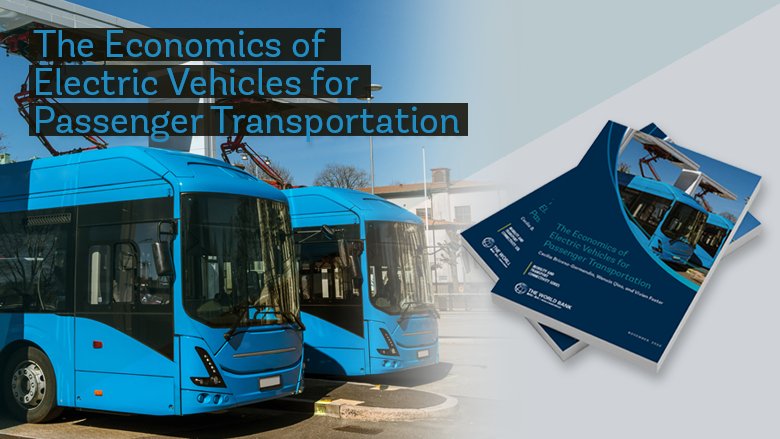Overview
Electrification of transport is one of the most talked about instruments to set the world on a net-zero carbon trajectory. Despite the advantages electric vehicles bring, they remain a relative rarity in developing countries. Most of the world’s 6.6 million EV sales in 2021 were concentrated in major global markets such as China, Europe and the United States. The reason? Electric vehicles come at a cost premium, sometimes more than 70% compared to conventional vehicles, creating a financial hurdle for many consumers in developing countries.
But according to The Economics of E-Mobility for Passenger Transportation, feasible entry points to an electric mobility transition are emerging in several developing countries. Electric buses, which cover long mileage and high occupancy, and electric two- and three-wheeled vehicles, which provide last-mile connectivity, can be cost-effective starting points that also bring development benefits. In about half the countries studied in this report, there is already a strong economic case for e-mobility adoption that is likely to further improve in the next few years.


